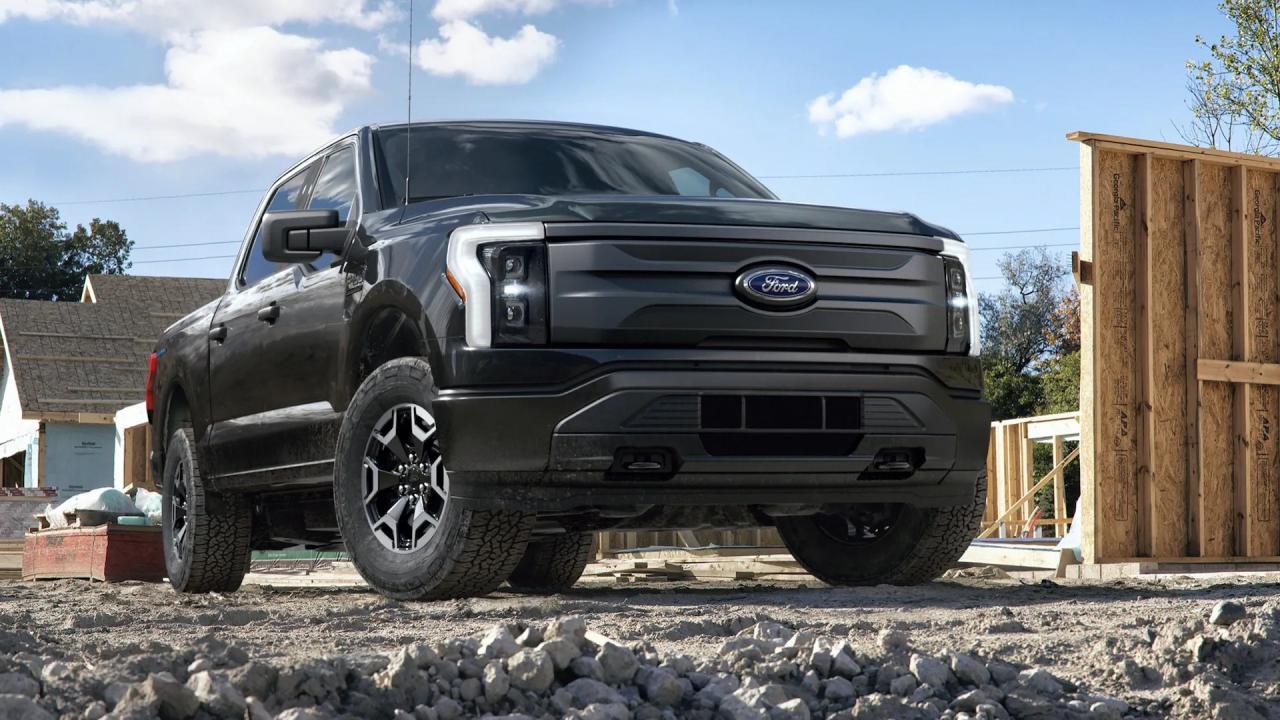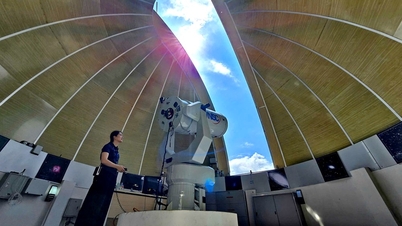Currently, the auto industry is facing increasingly stringent regulations on emission standards and environmental protection, most major automakers have announced that they will only sell electric vehicles (EVs) after 2030.
In late 2021, US President Biden signed an executive order allowing the electrification of certain vehicles moving within military bases/barracks.
Accordingly, the use of light electric vehicles will be mandatory by 2027 and medium to heavy electric vehicles by 2035.
This is considered a move by politicians to prepare for the deployment of electric tanks in the near future.

Reduced hazard, noise and maintenance costs
Transporting fuel for internal combustion engine vehicles is difficult, expensive and dangerous, so switching to electric vehicles could eliminate dependence on a cumbersome and vulnerable supply system and significantly reduce carbon emissions.
Furthermore, electric vehicles are also much quieter than internal combustion engine vehicles. In fact, civilian electric vehicles in the US are required to have noise-generating devices when traveling below 30 km/h to ensure pedestrians can hear them.
Electric vehicles are better able to hide on the battlefield especially at night due to their quieter operation and also have the ability to evade heat-seeking devices due to their low heat emission.
Additionally, electric vehicles can serve as backup mobile power sources for other combat equipment.

Finally, the propulsion system of electric vehicles is much simpler than that of internal combustion engine vehicles, fewer moving parts means fewer possible failures, reducing the rate of maintenance time spent in the workshop. This in turn improves the operational efficiency and safety of military vehicles.
Battery technology weaknesses
Electric vehicles cannot meet the requirements for long routes. In addition, there is the problem of weight due to the inherent characteristics of military vehicles, which are considered heavy due to the need to equip them with thick steel armor and armed equipment for self-defense.
Even level 3 charging stations (the fastest currently) still take hours to fully charge electric vehicles.
Therefore, the transition roadmap will likely be conducted through an intermediate stage of hybrid vehicles before moving towards fully electrified vehicles.

New technologies are expensive when they first come out, and only become affordable over time. Even though the cost of electric car batteries has dropped 80% in the past 10 years and is now subsidized by the US government by up to $7,500 per car sold, the average price of an electric car is still $53,469, according to US News & World Report.
Batteries are what are making the asking price of electric cars so much higher than their internal combustion engine counterparts.
Since 2021, the US Department of Defense has converted one of its infantry fighting vehicles (ISVs) to electric-only (eISVs), laying the foundation for electric vehicles on the battlefield.
GM Defense says it is developing a “next-generation family of lightweight tactical electric vehicles” with hybrid powertrains to bridge the gap toward a future of all-electric vehicles.
Next, the US military will likely deploy hybrid technology with powertrains that use electric motors in parallel with internal combustion engines to optimize efficiency as well as allow vehicles to recharge their batteries through regenerative braking.
This not only reduces the amount of fuel needed to transport, but could also allow military facilities to test charging infrastructure, bolstering the case for future hybrid vehicle adoption.
(According to PopMech)

Using cement to make supercapacitors to store energy to charge electric vehicles

Electric cars will be the future of LG

Gojek drivers will use electric cars made in Vietnam
Source





![[Photo] Students of Binh Minh Primary School enjoy the full moon festival, receiving the joys of childhood](https://vphoto.vietnam.vn/thumb/1200x675/vietnam/resource/IMAGE/2025/10/3/8cf8abef22fe4471be400a818912cb85)

![[Photo] Prime Minister Pham Minh Chinh chairs meeting to deploy overcoming consequences of storm No. 10](https://vphoto.vietnam.vn/thumb/1200x675/vietnam/resource/IMAGE/2025/10/3/544f420dcc844463898fcbef46247d16)

































































































Comment (0)